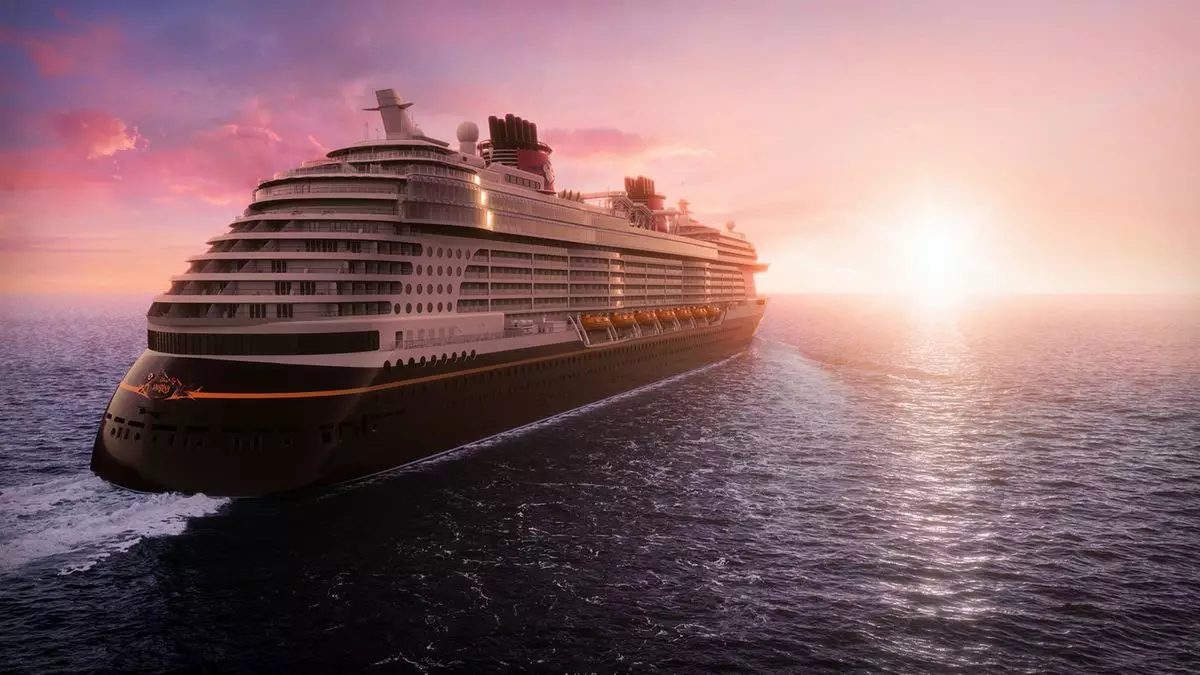In the post-pandemic world where cruise bookings are skyrocketing and the cruise industry is thriving once again, cruise lines are embarking on a shopping spree like never before. This year alone, contemporary and family-oriented cruise lines have collectively ordered a whopping 14 ships, many of them larger and more luxurious than their predecessors. This surge in ship orders is a clear indication that the arms race in the cruise industry is back on, with each line trying to outdo the other by introducing shiny new objects to attract more passengers and stay competitive in the market.
One notable trend in this year’s ship orders is the focus on building bigger and more state-of-the-art vessels. For instance, Carnival Corp. has ordered three massive, 230,000-gross-ton ships for a new class of vessels for Carnival Cruise Line, set to debut between 2029 and 2033. Similarly, Norwegian Cruise Line Holdings is ramping up its ship orders with four Prima-class ships set to launch in the next three years, followed by four even larger vessels of 200,000 gross tons each in the early to mid-2030s. Even with the success of the Icon of the Seas, Royal Caribbean International is continuing to expand its fleet with a seventh Oasis-class ship, highlighting the industry’s push towards larger and more luxurious ships to meet the growing demand for cruise travel.
As cruise ports around the world face challenges related to cruise tourism, cruise lines are shifting their focus towards making the onboard experience the main attraction. With amenities like go-karts, ice skating rinks, and rock climbing walls becoming standard features on modern cruise ships, lines are transforming the traditional concept of cruising to offer guests a full-fledged entertainment experience onboard. Instead of focusing solely on port destinations, cruise lines are turning their ships into destinations themselves, offering a wide range of activities and amenities to keep passengers engaged and entertained throughout their journey.
Looking Towards the Future
The cruise ship industry is not only expanding in terms of ship size and amenities but also in terms of long-term planning. Ship orders today stretch well into the mid-2030s, blocking out space in shipyards and making it difficult for competing lines to secure facilities for building new ships. With the introduction of newer and more environmentally friendly vessels, cruise lines are not only meeting changing regulations but also preparing to tap into new markets and cater to evolving consumer preferences. This long-term approach to fleet modernization and growth is essential for staying competitive in an increasingly crowded cruise market.
The surge in cruise ship orders reflects the industry’s resilience and growth post-pandemic, with cruise lines investing in larger, more advanced vessels to meet the growing demand for cruise travel. By focusing on creating unforgettable onboard experiences and prioritizing long-term planning, cruise lines are adapting to a changing market landscape and positioning themselves for future success.


Napsat komentář